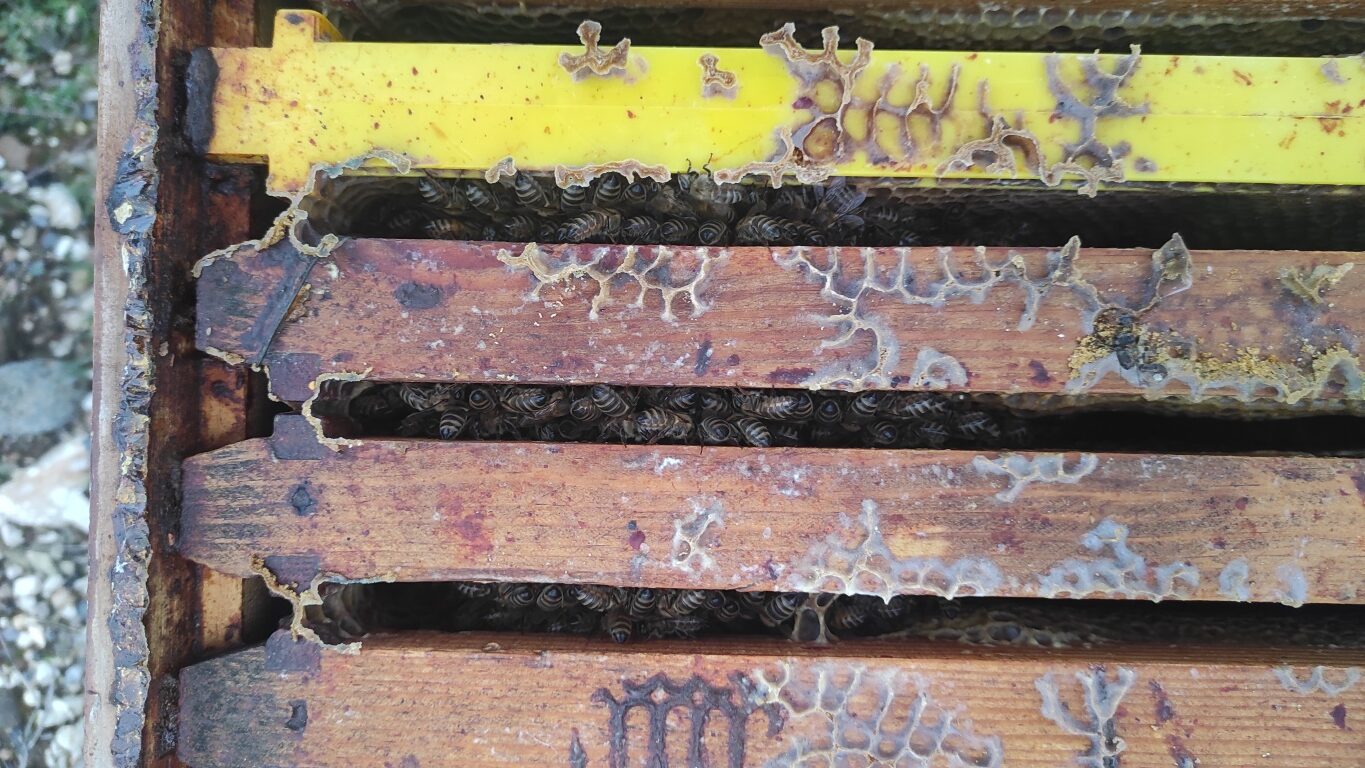Broodless periods are specific times in a beehive’s yearly cycle when the queen stops laying eggs, resulting in the absence of brood (larvae and pupae). These periods play a crucial role in colony management, especially for controlling pests like Varroa mites. In this article, we’ll explore what broodless periods are, why they occur, and how beekeepers can use this knowledge to maintain healthy colonies.
What Are Broodless Periods?
A broodless period is a phase in a beehive when no eggs, larvae, or pupae are present. This means that all Varroa mites in the colony are on the adult bees rather than hidden inside capped brood cells. Broodless periods can occur naturally or be induced by beekeepers to manage the hive effectively.
When Do Natural Broodless Periods Occur?
Broodless periods commonly occur:
- Late Fall to Early Winter: In temperate climates, queens stop laying eggs as temperatures drop and the colony prepares for winter. This natural broodless period coincides with reduced foraging opportunities and the colony’s focus on conserving resources.
- Swarming Season: After a swarm leaves with the old queen, the remaining colony enters a temporary broodless phase while raising a new queen. Once the new queen mates and begins laying, the brood cycle resumes.
Why Do Broodless Periods Happen?
Broodless periods are influenced by environmental factors and colony dynamics, including:
- Temperature: Cold weather prompts the queen to halt egg-laying, conserving energy for the winter months.
- Resource Availability: A lack of nectar and pollen reduces the need for new brood, encouraging the colony to enter a broodless phase.
- Colony Health: Stress, diseases, or queenlessness can lead to a broodless condition as part of the colony’s survival strategy.
Beekeeper-Induced Broodless Periods
Beekeepers may intentionally create a broodless period to control Varroa mites or manage colony growth. Common methods include:
- Caging the Queen: Temporarily confining the queen in a special cage prevents her from laying eggs, creating a broodless state.
- Splitting Colonies: Dividing a colony and removing the queen from one part induces a temporary broodless period until a new queen emerges and mates.
- Requeening: Replacing an old queen with a new one can result in a brief broodless phase during the transition.
Importance of Broodless Periods for Beekeeping
Broodless periods provide opportunities for beekeepers to:
- Control Varroa Mites: Treatments like oxalic acid are highly effective during broodless periods because mites are exposed on adult bees rather than hidden in brood cells.
- Assess Colony Health: The absence of brood allows beekeepers to evaluate the health of adult bees and identify potential issues like diseases or queen problems.
- Prepare for Seasonal Transitions: Managing broodless periods helps ensure colonies are ready for the challenges of winter or the demands of spring build-up.
How to Manage a Hive During Broodless Periods
- Monitor the Queen: Ensure the queen is present and healthy before and after the broodless phase to avoid queenlessness.
- Treat for Mites: Use appropriate treatments during this time to reduce Varroa mite populations effectively.
- Provide Resources: Feed the colony if necessary, especially if natural food sources are scarce.
- Insulate the Hive: In colder regions, ensure the hive is well-insulated to support the bees during broodless winter months.
Challenges of Broodless Periods
While broodless periods offer advantages for pest control and resource conservation, they can also pose risks, including:
- Reduced Colony Growth: Prolonged broodless phases can slow down population recovery, especially in the spring.
- Vulnerability to Predators: A smaller adult bee population may struggle to defend the hive.
- Stress from Management: Inducing broodless periods requires careful planning to avoid unnecessary stress on the bees.
Conclusion
Broodless periods are a natural and essential aspect of the honeybee lifecycle. Understanding when and why they occur allows beekeepers to manage their hives more effectively, especially for controlling Varroa mites and preparing for seasonal transitions. Whether natural or beekeeper-induced, these periods provide a unique opportunity to support the health and productivity of bee colonies.
